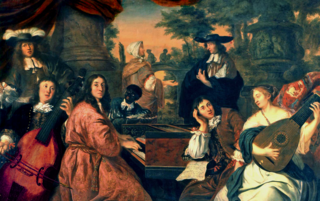
Johann Adam Reincken was a Dutch/German organist and composer. He was one of the most important composers of the 17th century, a friend of Dieterich Buxtehude and a major influence on Johann Sebastian Bach; however, very few of his works survive to this day.
"Bist du bei mir, geh ich mit Freuden" is an aria from Gottfried Heinrich Stölzel's opera Diomedes, which was first staged on 16 November 1718. The aria is best known as "Bist du bei mir," BWV 508, a version for voice and continuo found as No. 25 in the 1725 Notebook for Anna Magdalena Bach.
Gottfried Heinrich Bach was a child of Johann Sebastian Bach and the firstborn son of his second wife Anna Magdalena Bach. He was born in Leipzig, where his parents had moved the year before his birth.
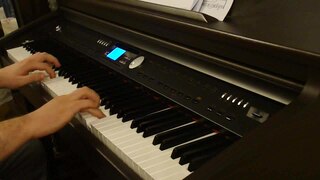
The Minuets in G major and G minor, BWV Anh. 114 and 115, are a pair of movements from a suite for harpsichord by Christian Petzold, which, through their appearance in the 1725 Notebook for Anna Magdalena Bach, used to be attributed to Johann Sebastian Bach. These minuets, which are suitable for beginners on the piano, are among the best known pieces of music literature. The 1965 pop song "A Lover's Concerto", of which millions of copies were sold, is based on the first of these Minuets.
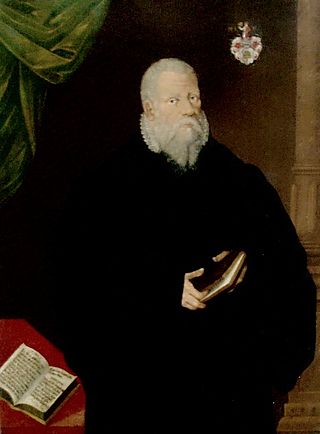
Ludwig Helmbold, also spelled Ludwig Heimbold, was a poet of Lutheran hymns. He is probably best known for his hymn "Nun laßt uns Gott dem Herren", of which J. S. Bach used the fifth stanza for his cantata O heilges Geist- und Wasserbad, BWV 165; Bach also used his words in BWV 73, 79 and 186a.
As Thomaskantor, Johann Sebastian Bach provided Passion music for Good Friday services in Leipzig. The extant St Matthew Passion and St John Passion are Passion oratorios composed by Bach.
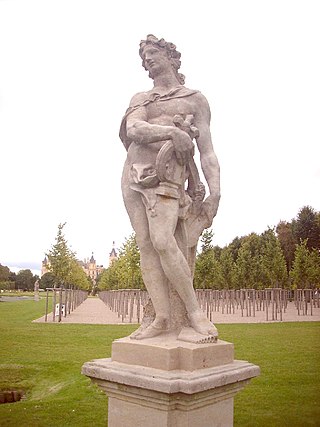
Geschwinde, geschwinde, ihr wirbelnden Winde, BWV 201, is a secular cantata by Johann Sebastian Bach, on a libretto by Picander. It is a dramma per musica, likely composed for a public performance in 1729, around which time its oldest extant printed libretto was published. The text, titled Der Streit zwischen Phoebus und Pan, is based on the "Ears of a Donkey" story in Ovid's Metamorphoses, and mocks unsophisticated music in favour of a more intelligent composition style.

Schlage doch, gewünschte Stunde, BWV 53, is an aria for alto, bells, strings and continuo. It was likely composed in the early 18th century, although its date of first performance is unknown. From the second half of the 18th century until the early 1950s the aria was attributed to Johann Sebastian Bach. In 1955, it was suggested by the Bach scholar Karl Anton that the aria's composer was more likely to be a member of Melchior Hoffmann's circle.
Bekennen will ich seinen Namen, BWV 200, is an arrangement by Johann Sebastian Bach of an aria from Gottfried Heinrich Stölzel's passion-oratorio Die leidende und am Creuz sterbende Liebe Jesu. He scored it for alto, two violins and continuo, possibly as part of a cantata for the feast of Purification. He probably led the first performance around 1742.
In Johann Sebastian Bach's time, the election or inauguration of a new town council, normally an annual event, was celebrated with a church service. A cantata written for such occasion was indicated with the term Ratswahl or Ratswechsel. Bach composed such cantatas for Mühlhausen and for Leipzig. Five of these cantatas are entirely extant. One further cantata, BWV 193.2, lost part of its music, and there are another five that have only been known to exist, or for which only the text is extant.
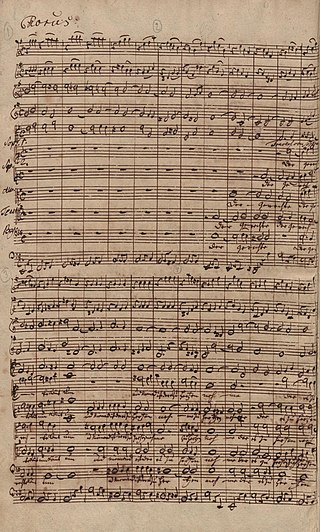
Wer ist der, so von Edom kömmt is a pasticcio Passion oratorio based on compositions by Carl Heinrich Graun, Georg Philipp Telemann, Johann Sebastian Bach and others. The pasticcio was assembled around 1750.

The BWV Anh., is a list of lost, doubtful, and spurious compositions by, or once attributed to, Johann Sebastian Bach.
Jauchzet dem Herrn alle Welt is a three-movement pasticcio motet for double SATB choir. It includes music by Georg Philipp Telemann and Johann Sebastian Bach. The text of the motet is a German paraphrase of Psalm 100.

The Kyrie–Gloria Mass for double choir, BWV Anh. 167, is a mass composition in G major by an unknown composer. The work was likely composed in the last quarter of the 17th century. The composition has two sections, a Kyrie and a Gloria, each subdivided in three movements. It has twenty-two parts for performers: twelve parts for singers, and ten for instrumentalists, including strings, wind instruments and organ. Johann Sebastian Bach may have encountered the work around 1710, when he was employed in Weimar. In the 1730s he produced a manuscript copy of the Mass.
Johann Sebastian Bach worked at the ducal court in Weimar from 1708 to 1717. The composition of cantatas for the Schlosskirche on a regular monthly basis started with his promotion to Konzertmeister in March 1714.

"An Wasserflüssen Babylon" is a Lutheran hymn by Wolfgang Dachstein, which was first published in Strasbourg in 1525. The text of the hymn is a paraphrase of Psalm 137. Its singing tune, which is the best known part of the hymn and Dachstein's best known melody, was popularised as the chorale tune of Paul Gerhardt's 17th-century Passion hymn "Ein Lämmlein geht und trägt die Schuld". With this hymn text, Dachstein's tune is included in the Protestant hymnal Evangelisches Gesangbuch.

In the period following Johann Sebastian Bach's death in 1750, apart from the publication of The Art of Fugue in the early 1750s, the only further publications prior to the 1790s were the settings of Bach's four-part chorales. In 1758 Friedrich Wilhelm Marpurg was the first to start preparing a published edition of Bach's four-part chorales, but in 1763 was prevented by royal duties. C. P. E. Bach, who owned the original manuscripts, then set about the same task, producing two volumes in 1765 and 1769. Dissatisfied with his publisher Friedrich Wilhelm Birnstiel, he surrendered the manuscript rights in 1771 to Johann Kirnberger and his patron Princess Anna Amalia of Prussia. From 1777 onwards, Kirnberger unsuccessfully made requests to Birnstiel and a new publisher, Johann Gottlob Immanuel Breitkopf, to publish the chorales. Following Kirnberger's death in 1783, C.P.E. Bach approached Breitkopf, who published them in four volumes between 1784 and 1787.

"Liebster Gott, wann werd ich sterben" is a Lutheran hymn which Caspar Neumann, an evangelical theologian from Breslau, wrote around 1690. The topic of the hymn, which has five stanzas of eight lines, is a reflection on death. An elaborate analysis of the hymn's content was published in 1749. A few text variants of the hymn originated in the 18th century. Neumann's text is usually sung to the hymn tune of "Freu dich sehr o meine Seele".

Daniel Vetter was an organist and composer of the German Baroque era.










